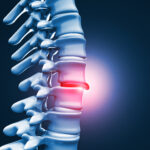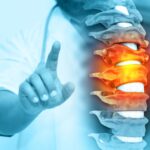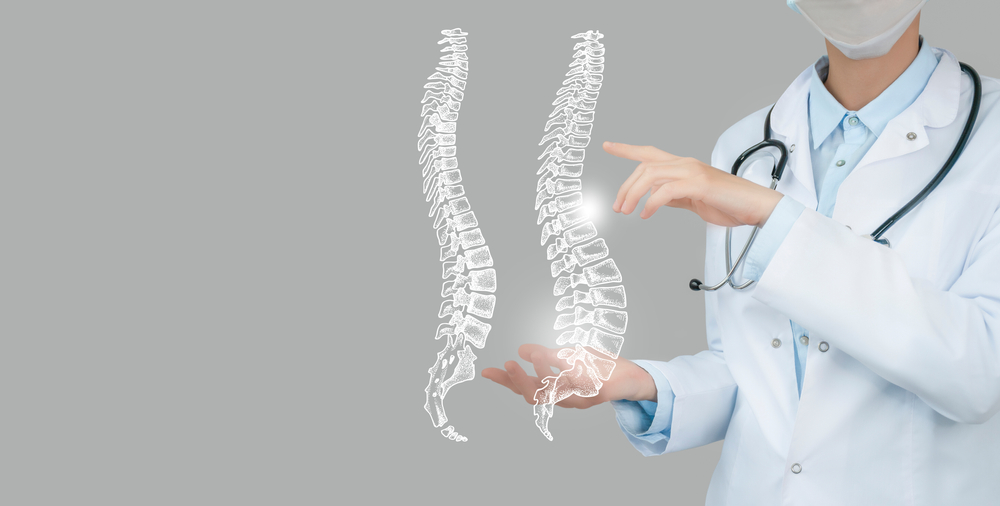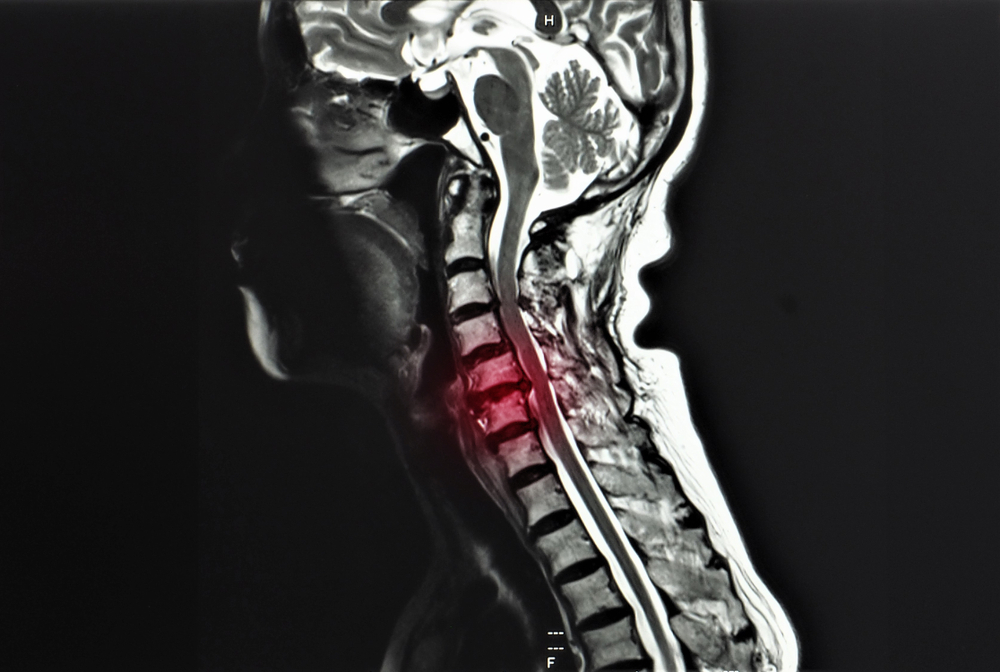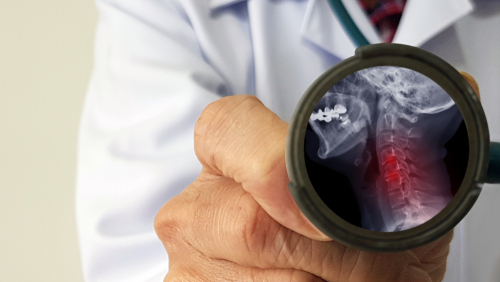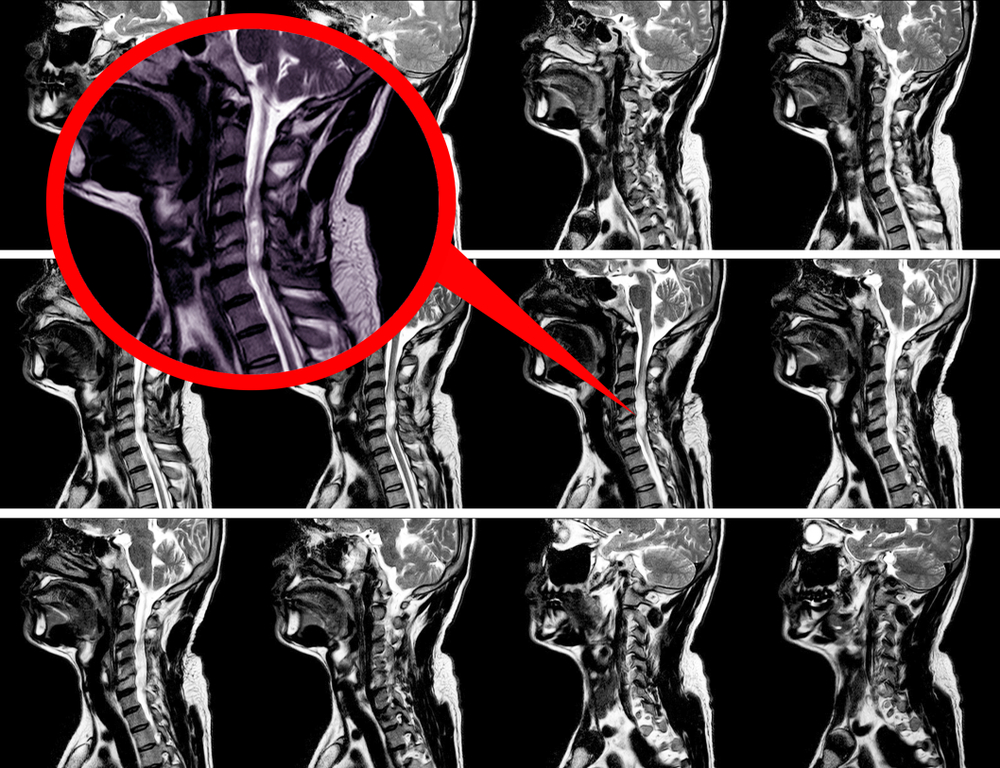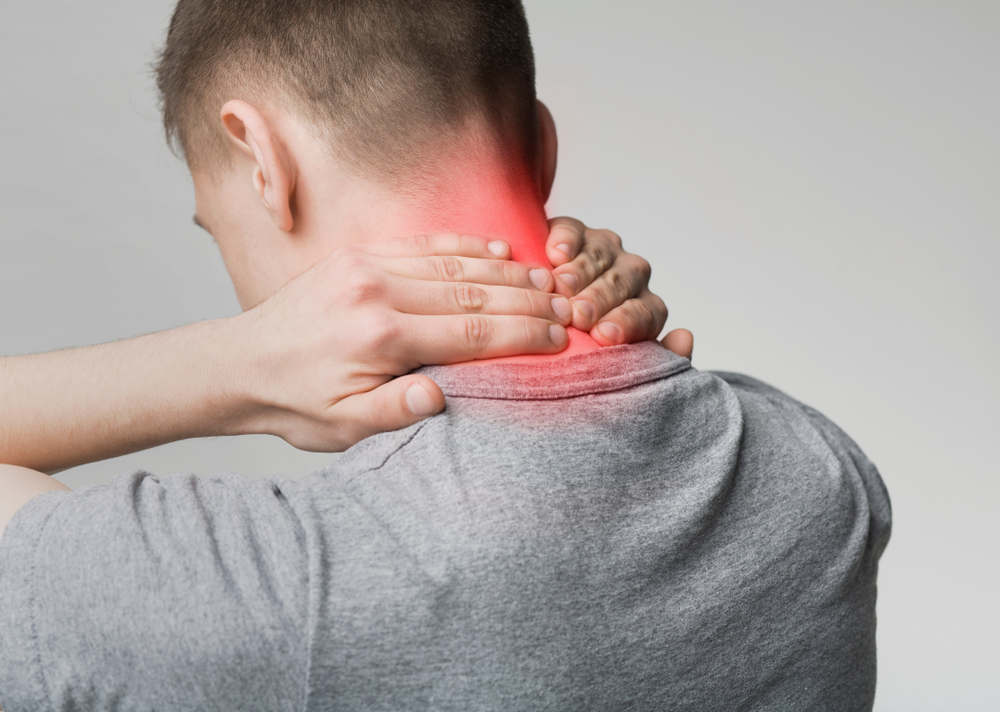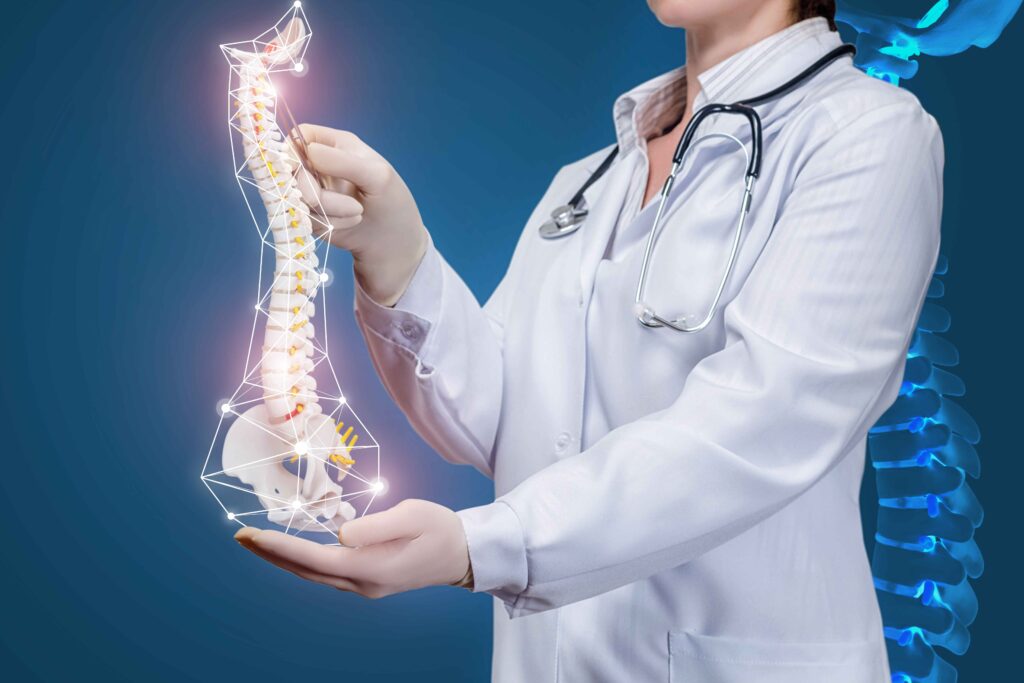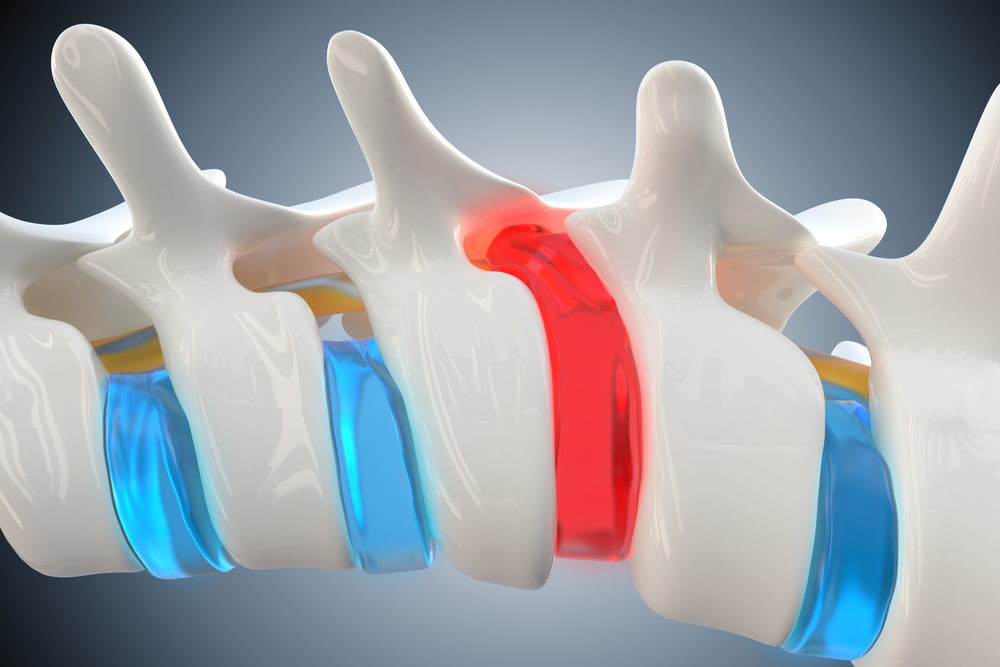
Cervical Laminoplasty

Cervical laminoplasty is a surgical procedure designed to address spinal cord compression in the cervical spine, which is the region located in the neck. This procedure is often performed to treat conditions such as cervical spondylotic myelopathy, a condition characterized by the narrowing of the spinal canal, causing compression of the spinal cord.
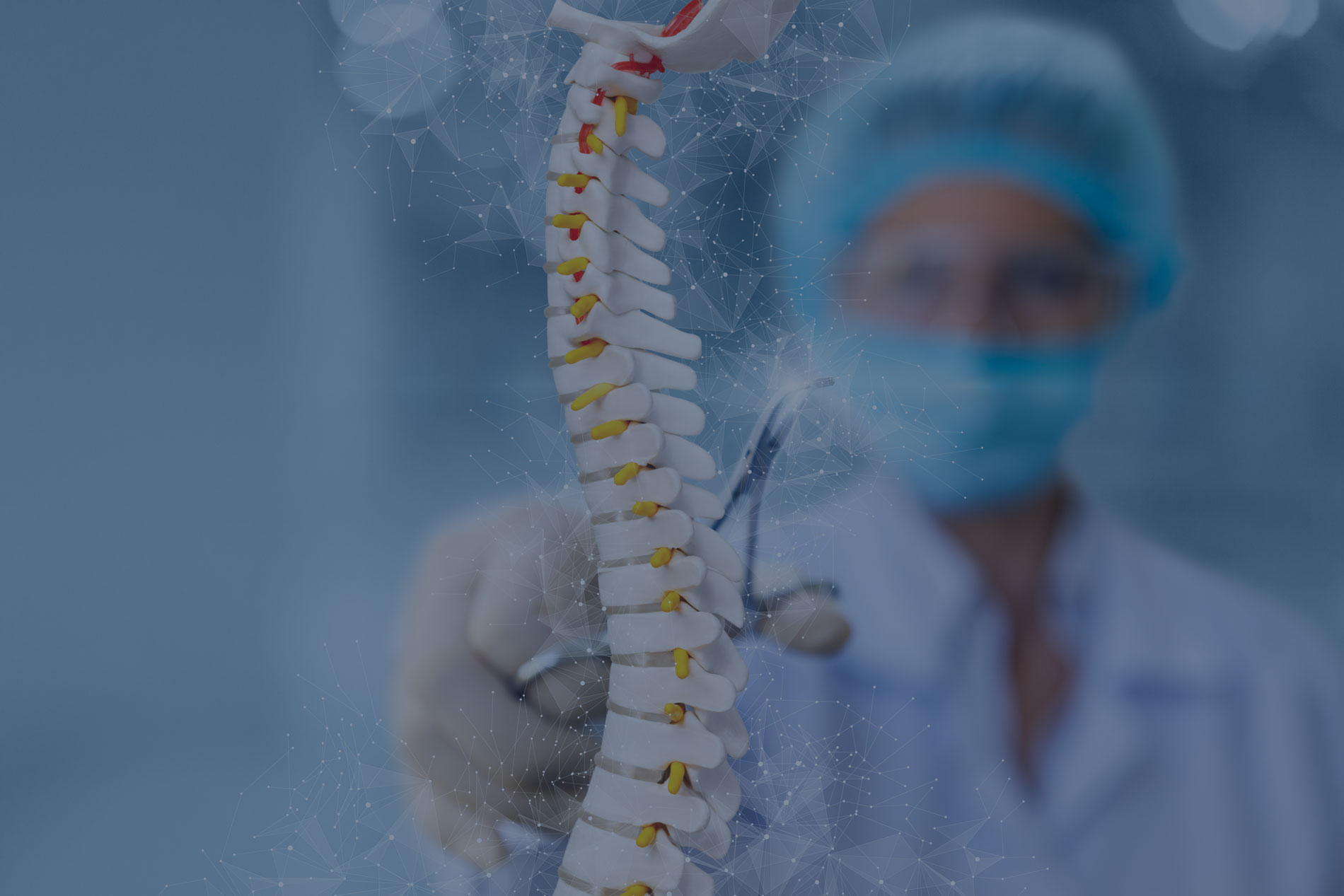



During cervical laminoplasty, the surgeon makes an incision on the back of the neck. Unlike laminectomy, which involves the removal of a portion of the lamina, laminoplasty aims to create more space for the spinal cord by preserving the lamina. This is achieved by making a hinge on one side of the lamina and opening it like a door, creating an “enlarged” space for the spinal cord.
The procedure involves securing the opened lamina in its elevated position using plates, screws. By doing so, the spinal canal is effectively expanded, relieving pressure on the spinal cord and nerve roots. Cervical laminoplasty is often considered when conservative treatments have proven ineffective, and the goal is to halt or slow the progression of symptoms such as neck pain, weakness, or coordination issues caused by spinal cord compression. The advantages of cervical laminoplasty include preserving the stability of the spine and maintaining a protective barrier for the spinal cord.
Book An Appointment
"*" indicates required fields

